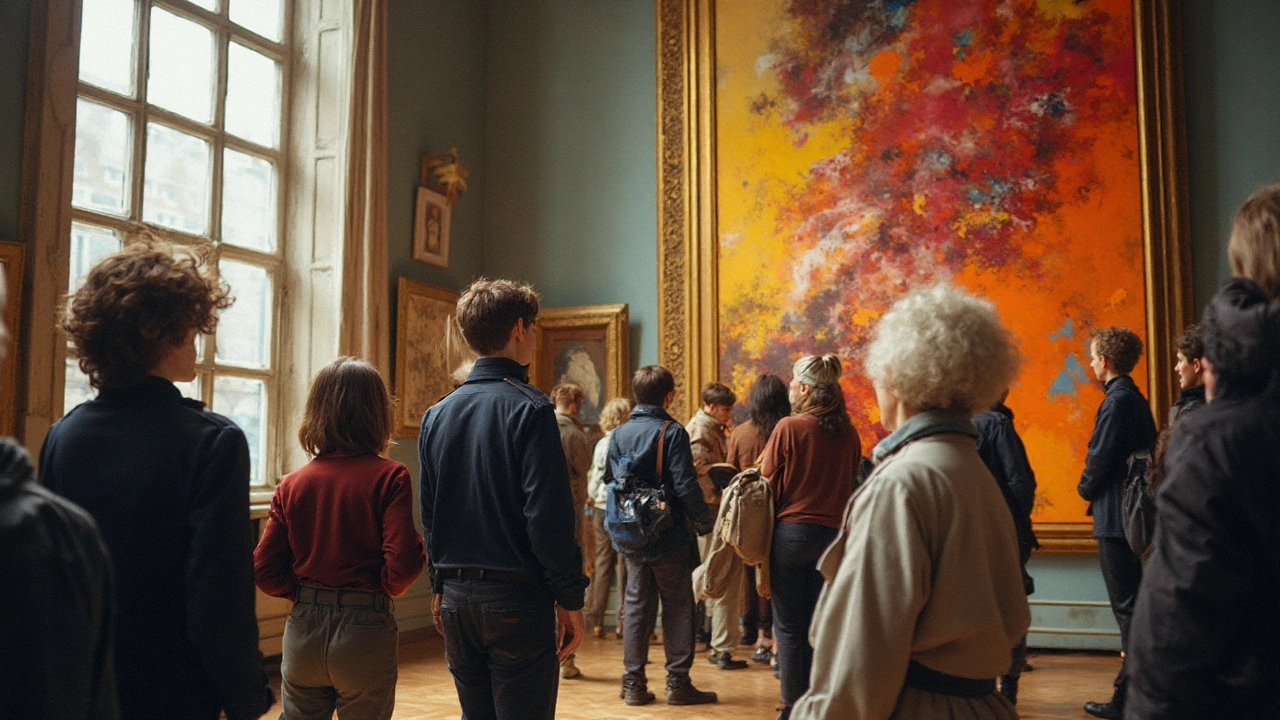Abstract Painting: How to Start, Experiment, and Find Your Style
Ever stared at a blank canvas and wondered why abstract art looks so free? The good news is you don’t need a secret formula. All you need is a willingness to play, a few basic tools, and a bit of patience. Below you’ll find practical steps you can try right now.
Pick Your Materials and Set Up a Simple Space
Start with what you already have: acrylic or oil paint, a couple of brushes, a palette knife, and a medium‑sized canvas. If you’re on a budget, grab a cheap canvas board from a craft store. Lay down a drop cloth, open a window for fresh air, and keep a cup of water or solvent nearby. The goal is a clutter‑free zone where you can move freely.
When you’re ready, block in a few big shapes using a wide brush or a palette knife. Don’t worry about realism – focus on how the colors feel next to each other. This first layer is called the "underpainting" and it sets the mood for the rest of the piece.
Play with Color, Texture, and Shape
Color is the heart of abstract painting. Pick a limited palette – three to five hues – and experiment with mixing. Try a warm‑cool contrast: a bright orange beside a deep blue, for example. Notice how the eye jumps from one spot to another. If you’re unsure, look at the posts on our site about modern art styles; they show how digital and AI art use color in bold ways.
Texture adds depth. Drag a spatula across wet paint, splash a little water, or sprinkle sand onto the canvas. Each action creates a mark you can’t erase, which is part of the fun. The key is to keep the paint moving; let it dry in stages, then add new layers on top. This layering technique, sometimes called glazing, is also mentioned in our guide on fixing oil painting mistakes.
Shapes don’t have to be perfect. Scribble, cut, or fold paper to create stencils, then press them onto the canvas. You’ll get crisp edges mixed with organic swirls. This mix of hard and soft forms helps the eye travel across the artwork.
When a section feels finished, step back. Ask yourself: does the piece feel balanced? If a corner feels too heavy, add a light wash or a thin line to even it out. Small adjustments can make a huge difference.
One trick many artists use is the "rule of thirds" – imagine the canvas divided into nine equal squares and place key elements along the lines. It creates a natural flow without making the piece look forced. You can see this in action in our article about landscape painting composition.
Don’t forget to sign your work. A simple signature in the corner tells viewers it’s yours and adds a personal touch. If you ever wonder whether signed prints are valuable, check out our post on signed art prints for a quick rundown.
Finally, give yourself time to reflect. Take a photo, step away for a day, then come back with fresh eyes. Your brain will pick up on details you missed before, and you might see a new direction to explore.
Abstract painting isn’t about following strict rules; it’s about discovering what feels right to you. Use these steps as a launch pad, mix in ideas from other articles on modern and contemporary art, and let your imagination lead. Happy painting!
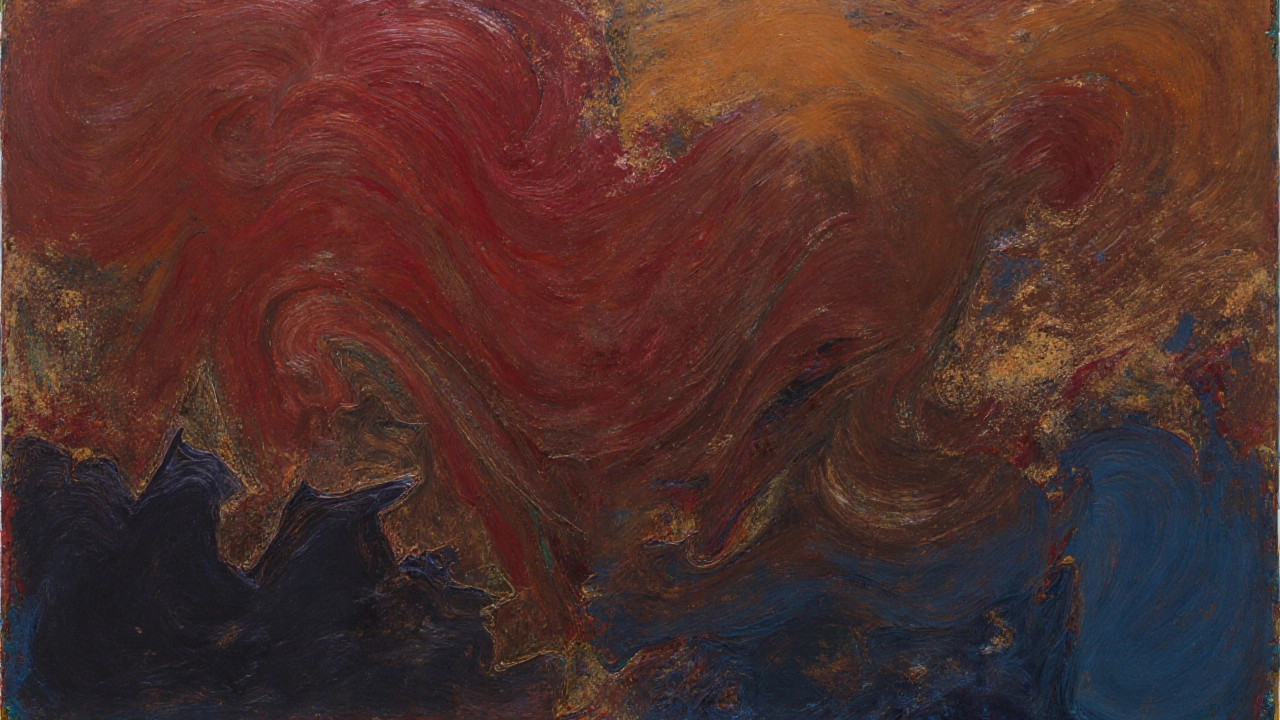
20 Nov 2025
Abstract art isn't about what you see-it's about what you feel. Learn what truly defines it: intention, emotion, and the power of color and form without representation.
Continue reading...
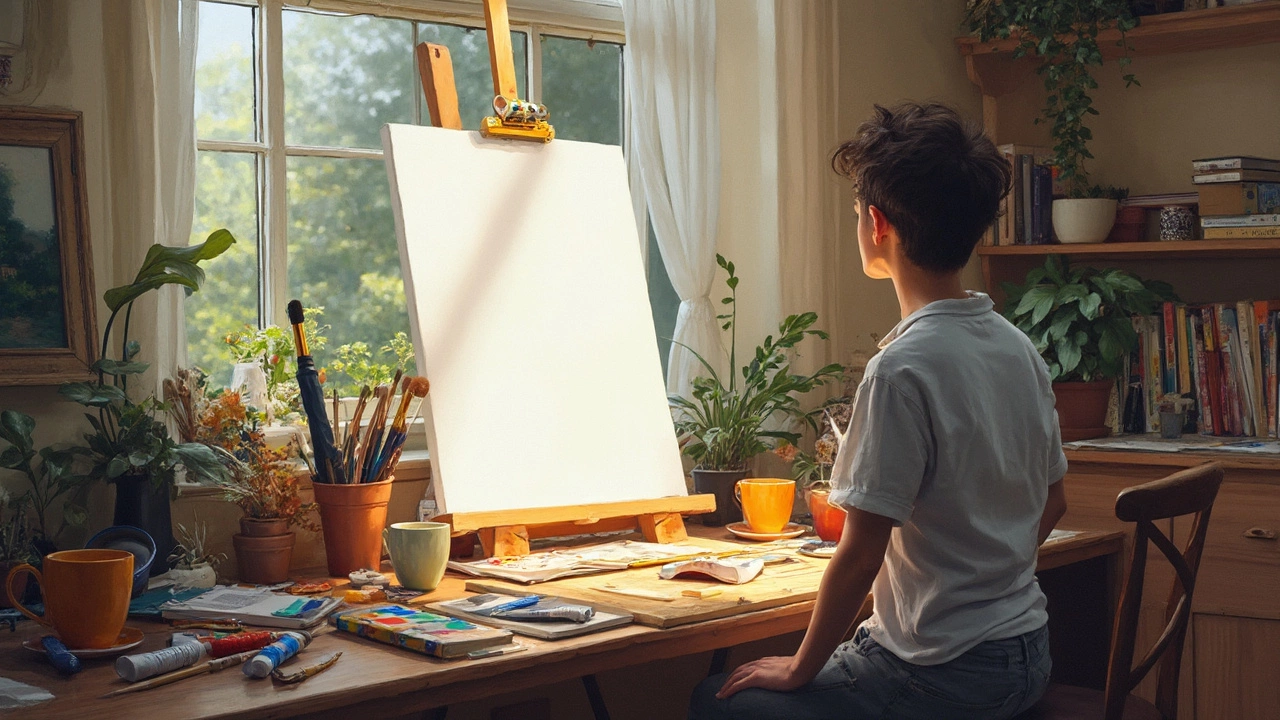
16 Jun 2025
Thinking about trying abstract painting but don’t know where to start? This guide breaks down what you need, how to pick tools, and why you don’t need to worry about ‘getting it right.’ You’ll learn how to approach a blank canvas, find inspiration from everyday life, and experiment without stressing about techniques. Perfect if you’re new or just looking to shake up your creative routine. Get ready to make something original—and maybe even surprise yourself.
Continue reading...
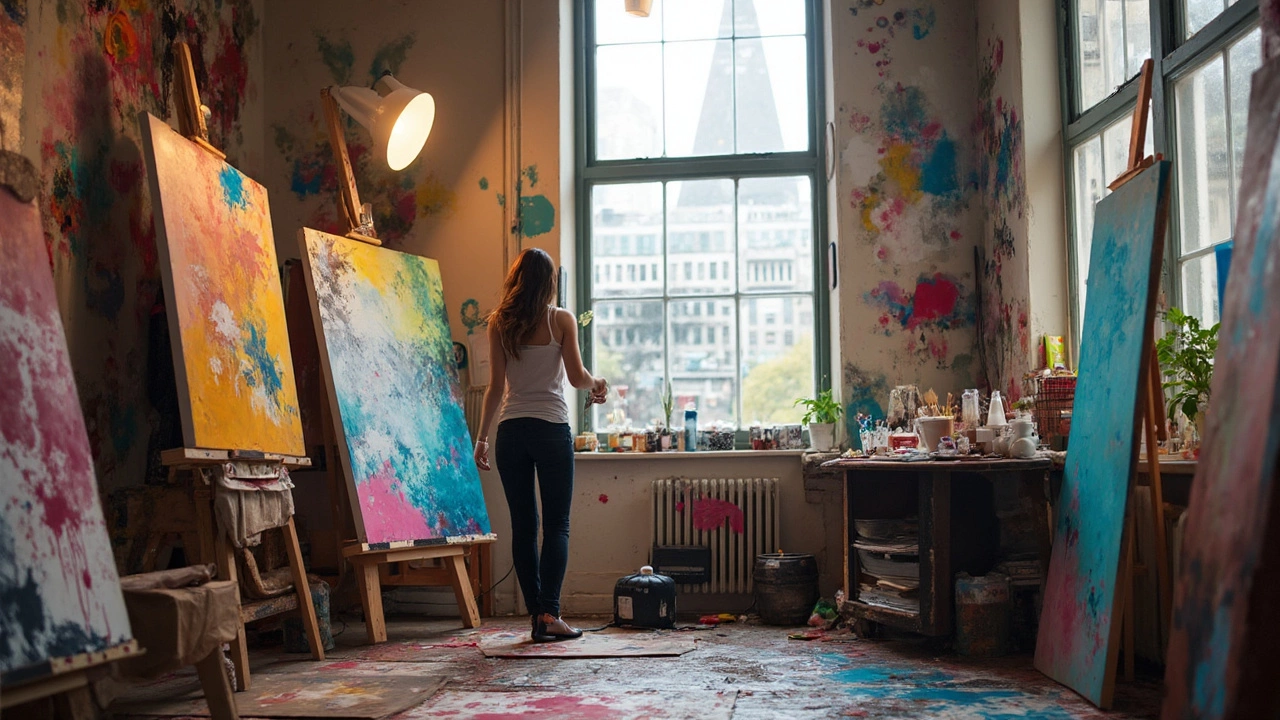
27 Mar 2025
Abstract painting can be challenging due to its lack of defined subject matter and the freedom it offers. Many artists struggle with the concept of communicating emotions and ideas without clear visual cues. This form of art requires a strong understanding of color, form, and technique. The article explores the unique difficulties of abstract painting, why it's worth the effort, and offers tips for artists looking to explore this style.
Continue reading...
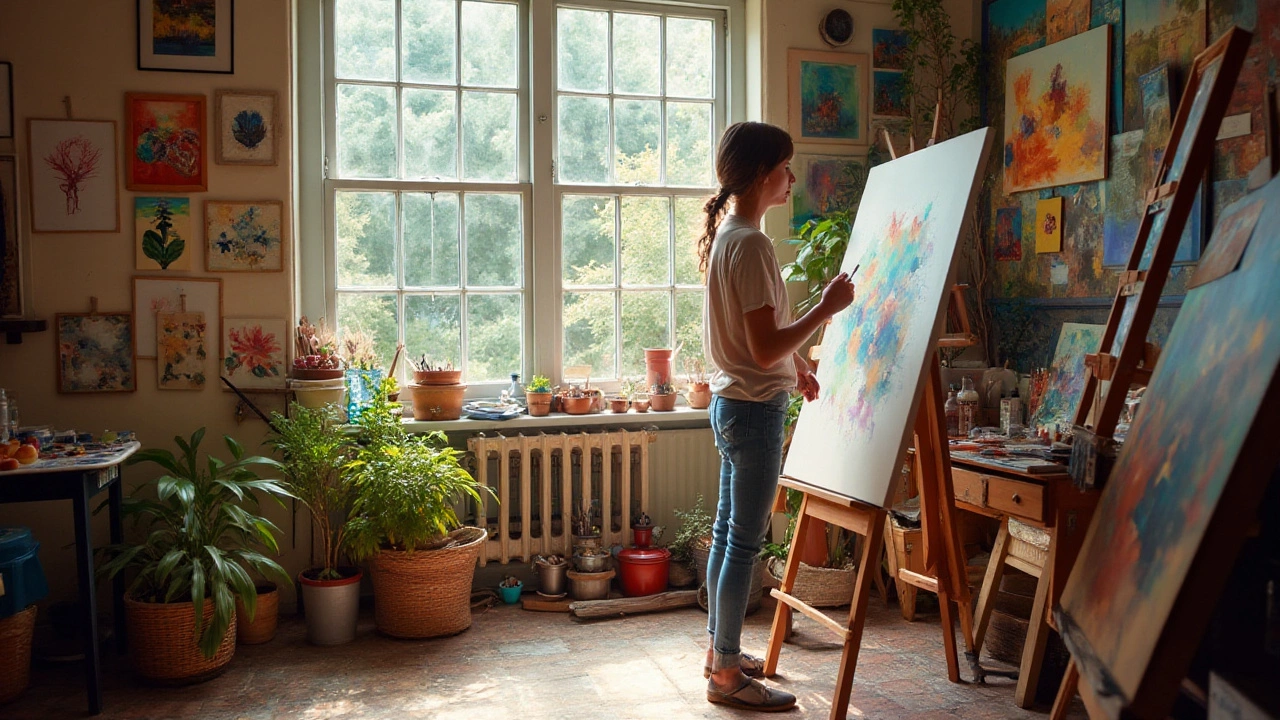
7 Jan 2025
Embarking on the journey of abstract painting can seem daunting at first, but with the right understanding and tools, it becomes an exploration of creativity. This art form allows for freedom of expression and breaks traditional barriers. The article delves into the essentials of abstract painting, from understanding the fundamentals and selecting materials to exploring various styles and techniques. Tips and inspiration are provided to help new artists find their unique voice in abstract art.
Continue reading...

